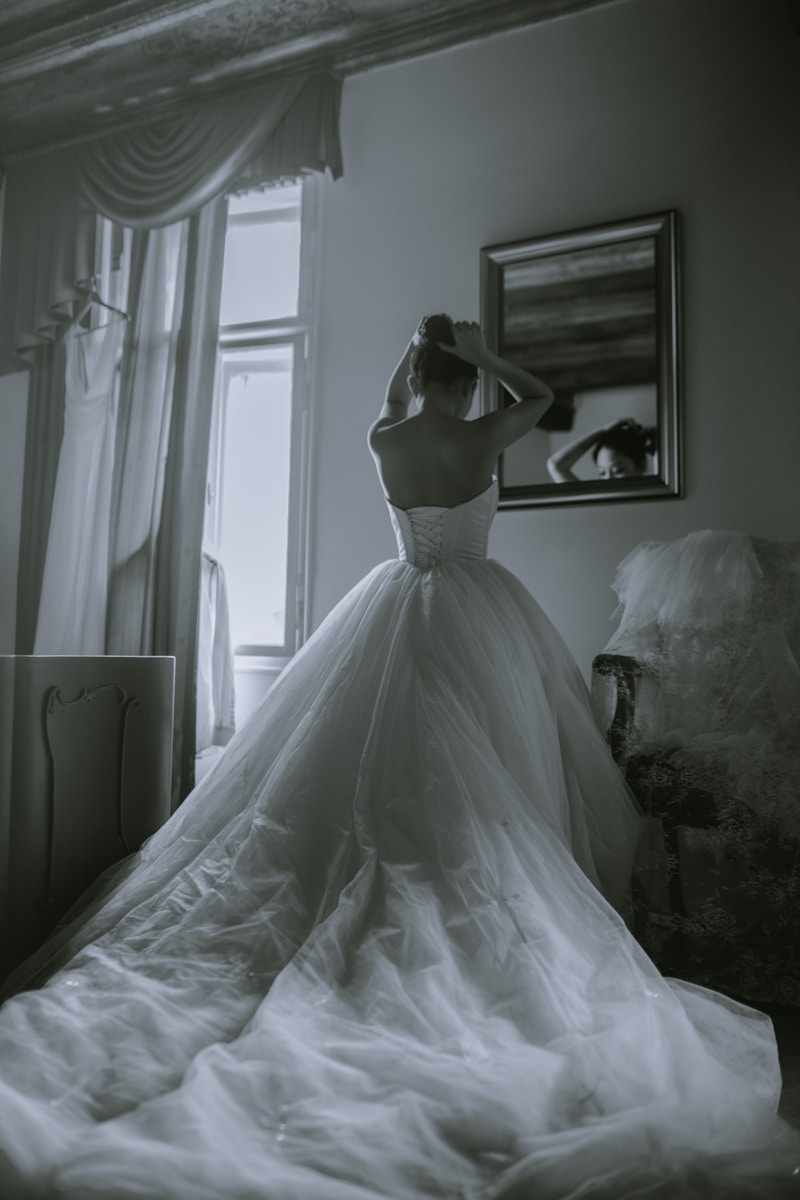Cultural Significance of Bridal Hair: An Exploration of Traditions and Transformations
Bridal hair is more than just a beautiful style; it embodies cultural identity, tradition, and personal significance. Across the globe, different societies have their unique ways of adorning brides on their wedding day, often reflecting historical customs and modern influences. In this article, we will explore the cultural significance of bridal hair, delving into various traditions, styles, and their meanings.
1. Understanding Bridal Hair Across Cultures
Bridal hair serves as an essential element in wedding ceremonies worldwide, illustrating the rich tapestry of cultural practices. From intricate hairstyles to symbolic accessories, the variations are profound. Below are some prominent cultural examples:
| Culture | Bridal Hair Style | Significance |
| Indian | Long braids adorned with flowers | Symbol of fertility and beauty |
| Chinese | Red silk headdresses with phoenix motifs | Bringing good fortune and happiness |
| Western | Loose curls or elegant updos | Elegance and modern beauty standards |
| African | Beaded braids or traditional head wraps | Connection to heritage and community |
2. The Evolution of Bridal Hair Styles
The styles and techniques used for bridal hair have evolved significantly over time. While traditional hairstyles celebrate cultural heritage, modern trends often merge traditional practices with contemporary aesthetics. In this section, we’ll look into how bridal hair has transformed through the decades.
2.1 Historical Roots
Bridal hairstyles historically reflect the socio-economic factors and fashion trends of their time. For example, during the Victorian era, brides wore elaborate buns adorned with lace and flowers, symbolizing purity. Such styles have paved the way for today's diverse options.
2.2 Modern Influences
Today’s brides are influenced by celebrity culture, social media, and global fashion trends. This has popularized styles like the boho-chic look with loose waves and flower crowns, signifying a departure from traditional norms and an embrace of individuality.

3. The Symbolic Role of Accessories
Bridal hair is often embellished with unique accessories that convey meaning. These adornments are not merely decorative; they hold significant symbolic value within various cultures. Here are some common accessories:
- Veils: Traditionally, veils symbolize modesty and purity. In many cultures, they are an essential part of the bridal look.
- Flowers: Flowers integrated into hairstyles often represent fertility and new beginnings, especially in cultures like the Hawaiian luau.
- Jewels: In Indian culture, bridal hair may be accented with gold or silver jewelry, representing prosperity and wealth.
4. Cultural Impact of Bridal Hair in Ceremonies
The style and decoration of bridal hair play a pivotal role in wedding ceremonies, often being a focal point that attracts attention. They not only elevate the bride's appearance but also serve to highlight the cultural context of the wedding.
4.1 Rituals and Customs
Bridal hair often forms part of significant rituals during the wedding ceremony. For instance, in some cultures, the mother of the bride has the honor of styling her daughter's hair, symbolizing family ties and the passing of tradition.
4.2 The Role of Community
In many cultures, bridal hair styling is a communal activity, involving friends and family members. This aspect emphasizes the importance of community support and shared joy during one of life’s most significant transitions.
5. Global Perspectives on Bridal Hair
Each culture brings a different perspective to bridal hair, contributing unique styles, meanings, and practices. Let’s take a closer look at some specific traditions around the world.
5.1 Indian Weddings
In India, bridal hair is often styled into intricate designs, typically featuring heavy braids adorned with flowers and jewels. The hair is believed to be a source of strength and beauty, reflecting the bride's cultural identity. The practice includes the application of strong perfumes, signifying purity and attractiveness.
5.2 Mexican Traditions
In Mexico, brides often wear elaborate floral crowns known as "diademas." This symbolizes love and fertility, with flowers believed to attract positive energy. The vibrant colors and styles of hair can vary across regions, emphasizing local traditions and customs.
5.3 Western Weddings
In Western cultures, bridal hairstyles have become more varied and personalized. This evolution allows brides to express their individuality, often opting for styles that range from classic updos to relaxed beach waves, characterized by personal flair and creativity.
6. The Personal Connection to Bridal Hair
Bridal hair also holds personal significance for each bride. It is an expression of her personality, her journey, and her identity. Many brides choose specific hairstyles that reflect their taste, combining traditional elements with modern innovation.
7. Conclusion
In conclusion, the cultural significance of bridal hair is profound and varied, reflecting a blend of history, tradition, and personal expression. From ancient rituals to modern-day practices, bridal hair continues to evolve, celebrating both regional diversity and individual choice. Whether through the intricate styles of Indian brides or the relaxed elegance seen in Western weddings, bridal hair remains a vital aspect of wedding culture.
Recommendations: If you're preparing for a wedding, consider researching the cultural heritage of your bridal hairstyle. Engage with family traditions, and don’t hesitate to incorporate modern styles that resonate with your identity. Remember, bridal hair is not merely about aesthetics; it’s about the stories and traditions they carry.